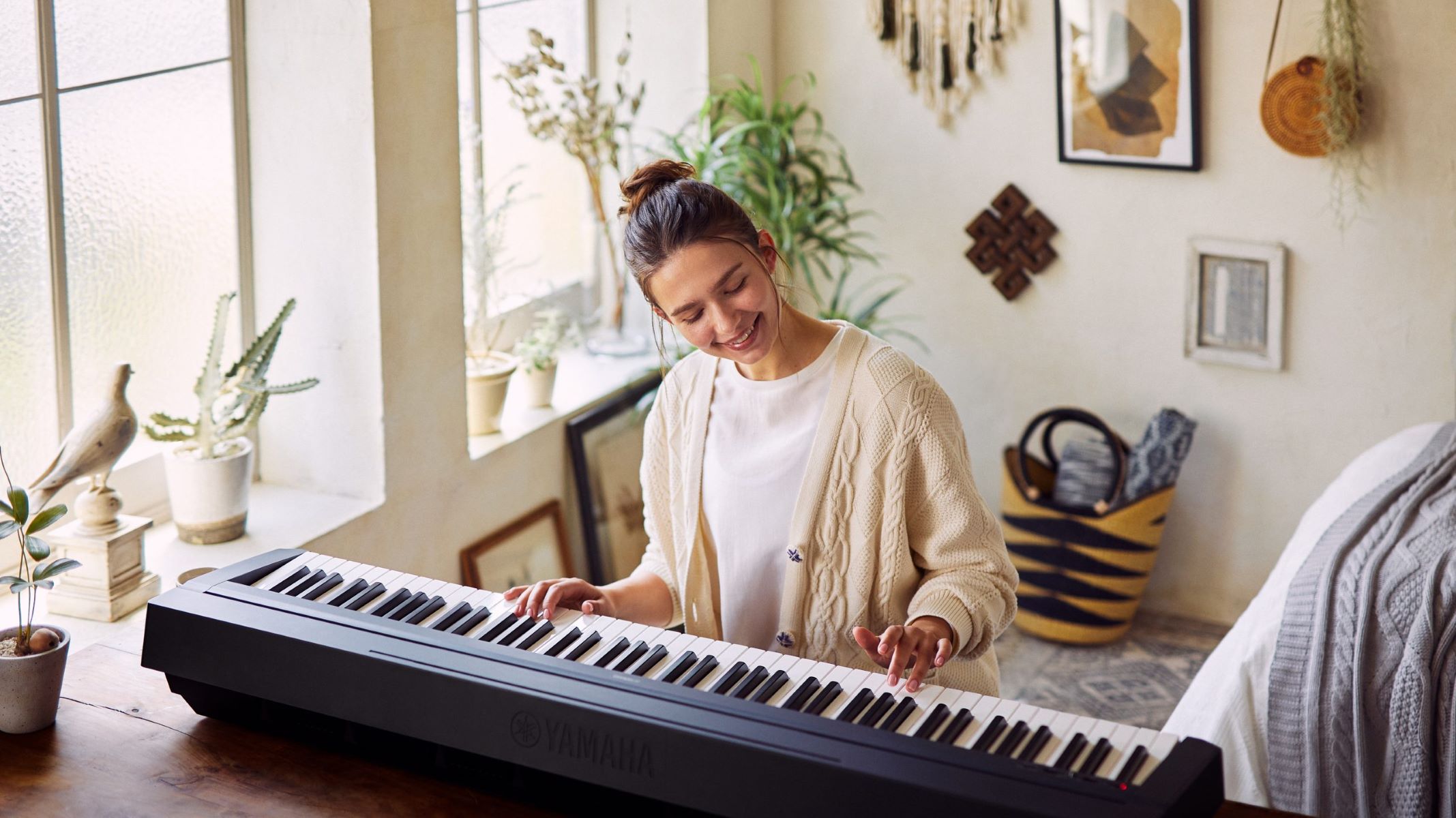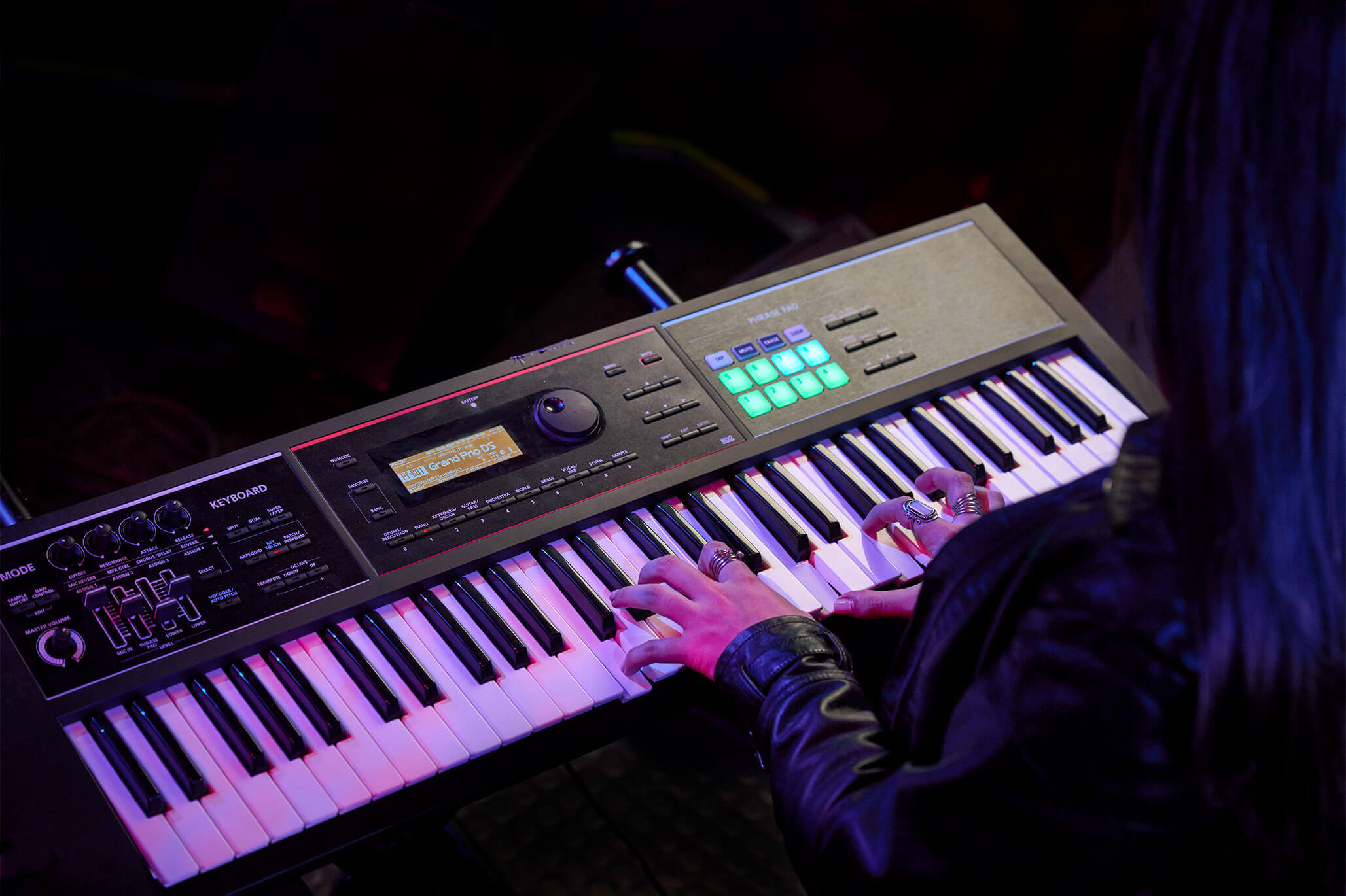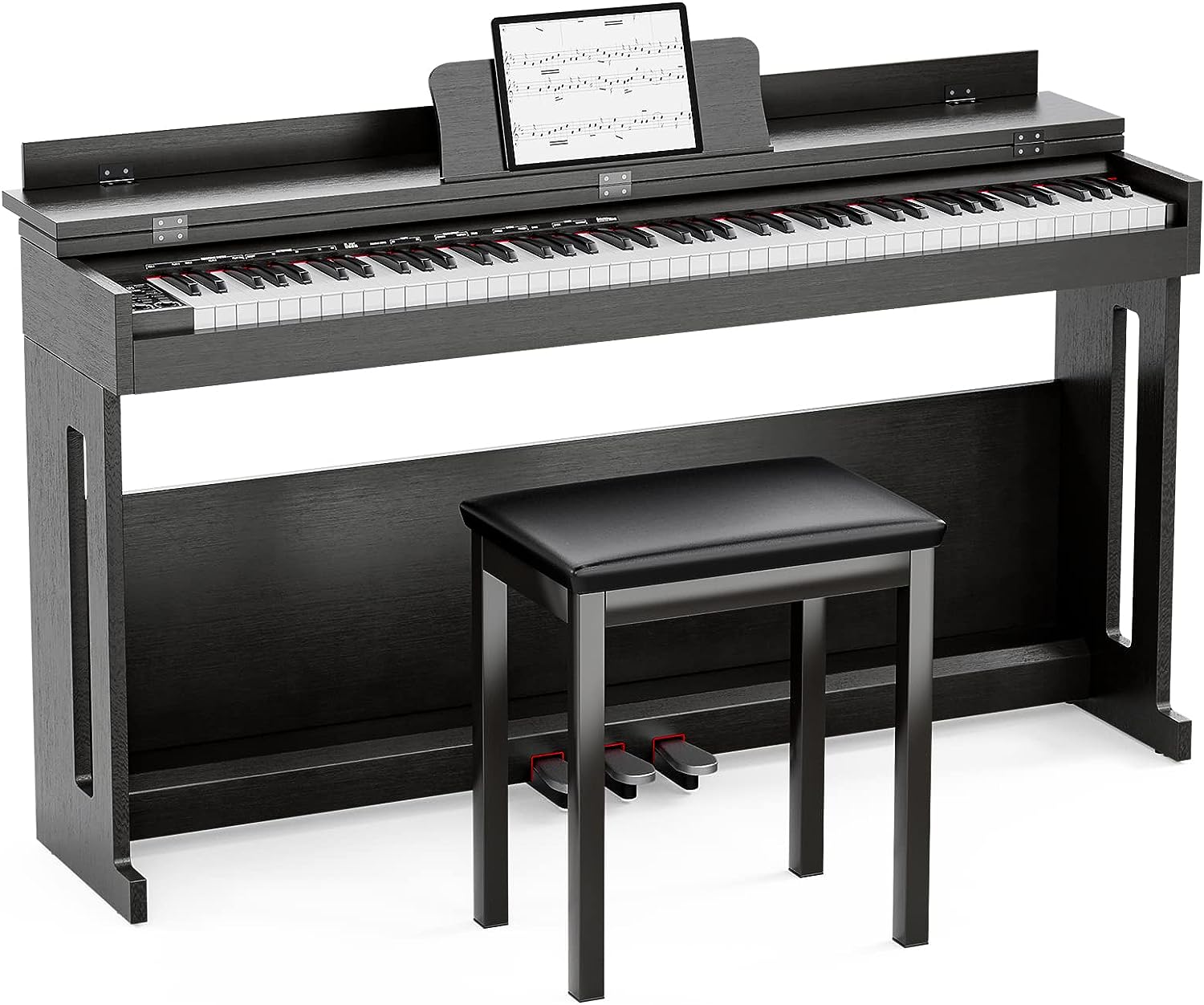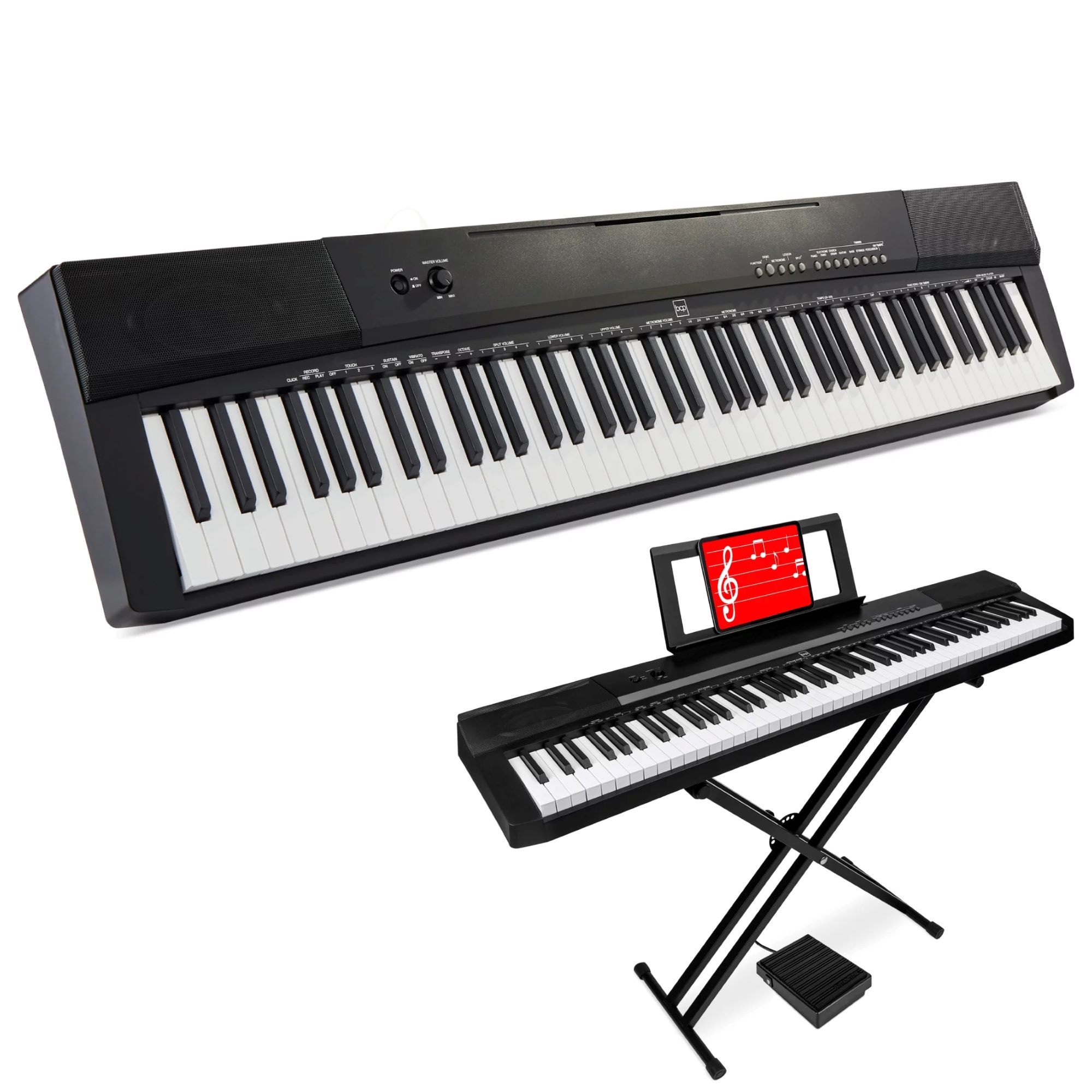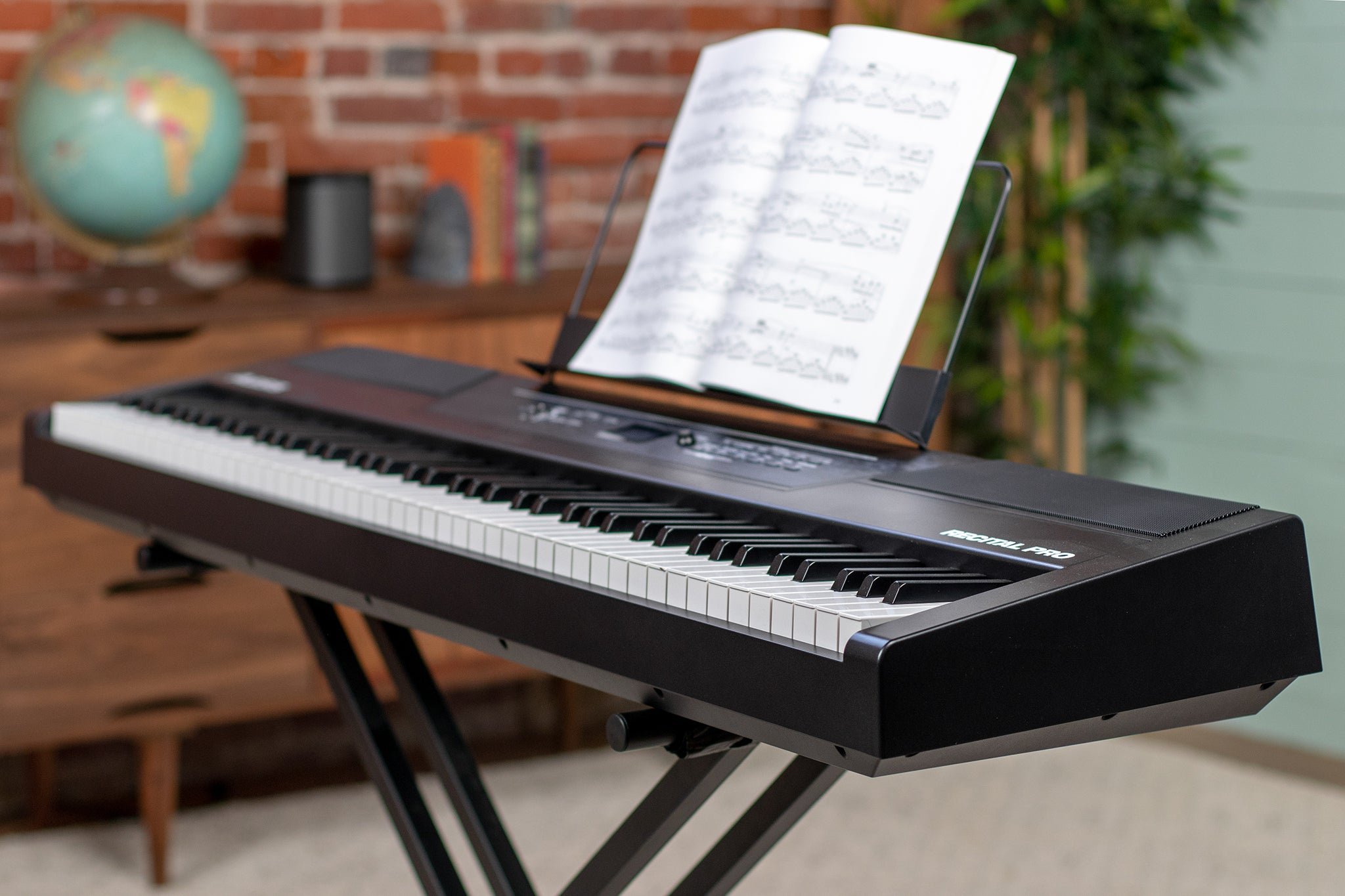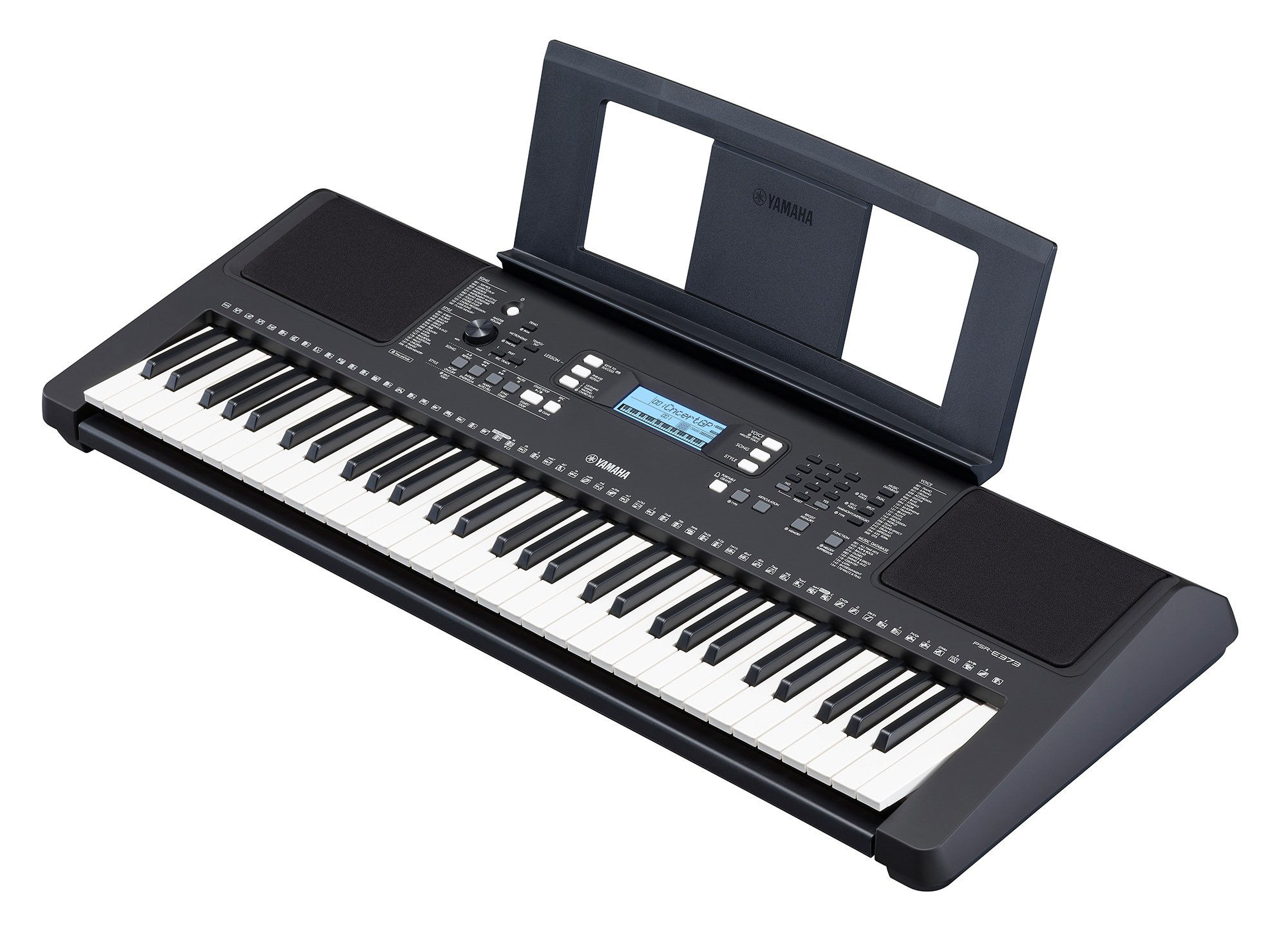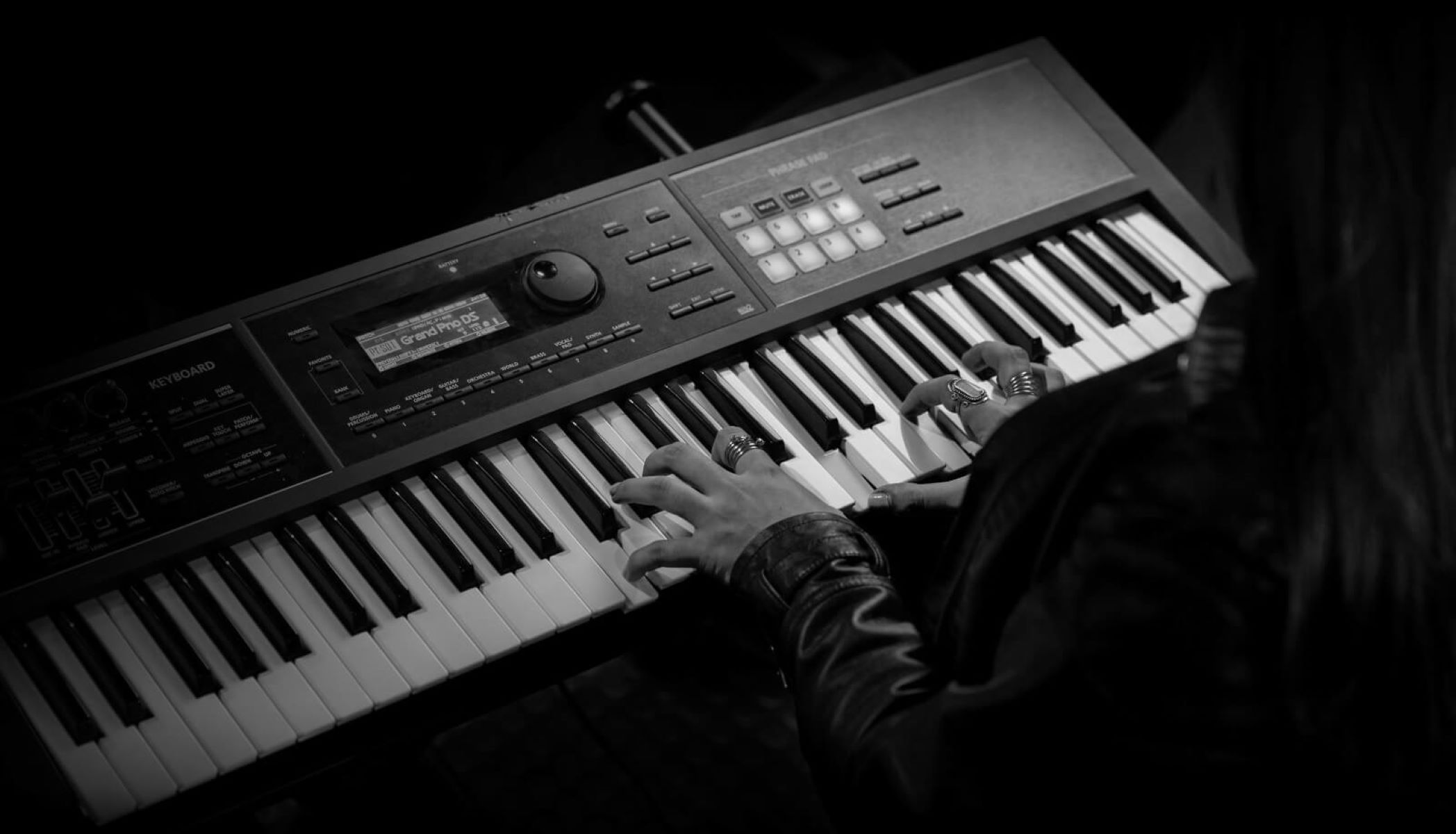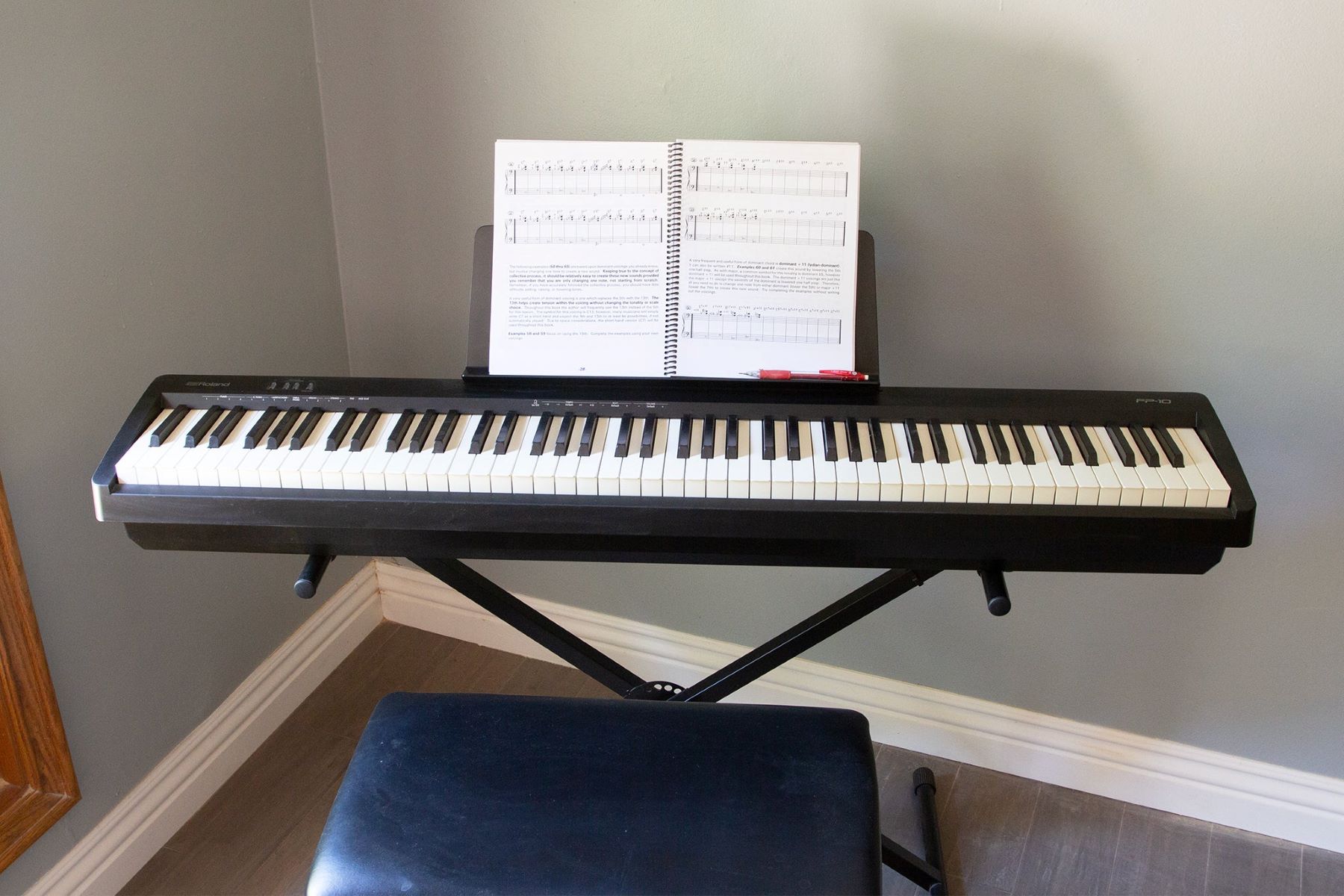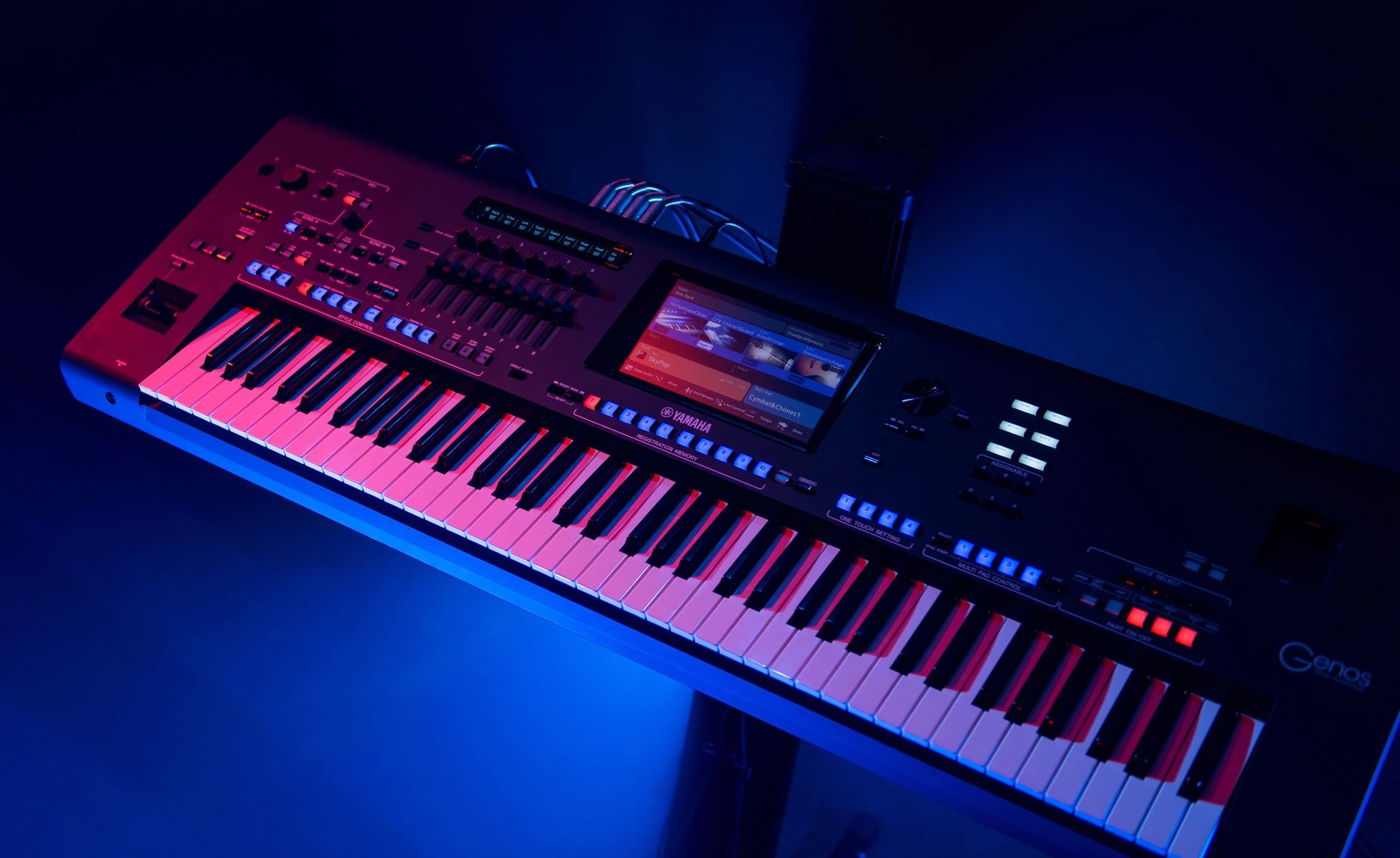Introduction
Understanding the Dual Voice Feature on Digital Pianos
Digital pianos have revolutionized the world of music, offering a myriad of features that cater to both beginners and seasoned musicians. One such feature that has garnered attention is "Dual Voice." This innovative function enhances the versatility and expressive capabilities of digital pianos, allowing musicians to explore a wide range of sounds and textures. In this article, we will delve into the concept of Dual Voice, its benefits, and how to effectively utilize this feature to elevate your musical performances.
Dual Voice, often referred to as "Layering" or "Twin Piano," enables users to play two different instrument sounds simultaneously on a single keyboard. This means that you can blend the tones of two distinct instruments, such as a piano and strings, to create a harmonious and rich sound. The ability to combine voices opens up a world of creative possibilities, making the music more dynamic and captivating.
As digital pianos continue to evolve, the Dual Voice feature has become a standard inclusion in many models, catering to musicians across various genres and skill levels. Whether you are a classical pianist aiming to add depth to your compositions or a contemporary musician seeking to experiment with eclectic sounds, understanding and harnessing the potential of Dual Voice can significantly enhance your musical journey.
Throughout this article, we will explore the intricacies of Dual Voice, uncover its advantages, and provide practical insights on how to leverage this feature effectively. By the end, you will have a comprehensive understanding of Dual Voice and the creative avenues it unlocks, empowering you to infuse your music with depth and character. Let's embark on this exploration of Dual Voice and unravel the magic it brings to the realm of digital pianos.
Understanding Dual Voice on Digital Pianos
Dual Voice, also known as "Layering" or "Twin Piano," is a feature found in many digital pianos that allows musicians to play two different instrument sounds simultaneously on a single keyboard. This means that you can blend the tones of two distinct instruments, such as a piano and strings, to create a harmonious and rich sound. The Dual Voice feature essentially enables the pianist to layer two voices, expanding the sonic possibilities and adding depth to their musical expression.
When utilizing the Dual Voice function, each of the two selected voices retains its unique characteristics, creating a seamless fusion of sounds that can elevate the overall musical performance. For example, a pianist can combine the warmth and resonance of a grand piano with the lush, ethereal quality of a string ensemble, resulting in a captivating and immersive auditory experience.
It is important to note that the specific implementation of the Dual Voice feature may vary across different digital piano models. Some instruments allow for complete customization, enabling users to select any two voices from the instrument’s sound library and adjust their individual parameters, such as volume and equalization. Others may offer pre-programmed Dual Voice combinations, simplifying the process for musicians who prefer immediate access to curated voice pairings.
Overall, Dual Voice empowers musicians to craft unique and compelling sounds, providing a versatile platform for artistic exploration. Whether used for solo performances, ensemble settings, or music production, the Dual Voice feature adds a layer of sophistication and depth to the digital piano, enriching the musical experience for both performers and audiences alike.
Exploring the Benefits of Dual Voice on Digital Pianos
The Dual Voice feature on digital pianos offers a myriad of benefits that significantly enhance the musical experience for pianists and audiences. Understanding these advantages can inspire musicians to leverage the Dual Voice function effectively, unlocking new dimensions of creativity and expression. Let’s delve into the notable benefits of this innovative feature:
- Enhanced Musical Texture: Dual Voice allows pianists to blend two distinct instrument sounds, enriching the musical texture and adding depth to their performances. By combining complementary voices, such as piano and strings, musicians can create a lush and immersive sonic landscape that captivates listeners.
- Expanded Artistic Expression: With Dual Voice, musicians can explore a wide range of creative possibilities, experimenting with diverse voice combinations to convey different emotions and moods through their music. This versatility empowers pianists to infuse their performances with unique character and expressiveness.
- Dynamic Performance Capabilities: The ability to layer voices on a digital piano enhances the dynamic range and sonic versatility of the instrument. Whether performing solo or as part of an ensemble, pianists can dynamically transition between different voice combinations, adding a captivating dimension to their musical expression.
- Seamless Sound Integration: Dual Voice technology ensures that the two layered voices seamlessly integrate with each other, creating a cohesive and balanced sonic blend. This seamless integration contributes to a polished and professional sound, enhancing the overall quality of the musical performance.
- Inspired Creativity: By harnessing the Dual Voice feature, musicians are inspired to explore new musical ideas and arrangements. The ability to mix and match voices encourages innovative compositions and arrangements, fostering a spirit of creativity and experimentation.
These benefits collectively underscore the immense value of Dual Voice on digital pianos, showcasing its capacity to elevate musical performances and inspire artistic innovation. As we continue to explore the intricacies of Dual Voice, it becomes evident that this feature is a powerful tool for pianists seeking to expand their sonic palette and deliver captivating musical experiences.
Mastering the Art of Using Dual Voice on a Digital Piano
Utilizing the Dual Voice feature on a digital piano opens up a world of creative possibilities, allowing musicians to craft captivating soundscapes and elevate their musical performances. To effectively harness the potential of Dual Voice, it is essential to understand the practical steps involved in using this feature. Here’s a comprehensive guide on how to make the most of Dual Voice on your digital piano:
- Selecting Dual Voice Mode: Begin by familiarizing yourself with the Dual Voice mode on your digital piano. Depending on the model, this may involve accessing a dedicated button or menu option that activates the Dual Voice function. Refer to the instrument’s user manual for specific instructions on engaging Dual Voice mode.
- Choosing Voice Combinations: Once in Dual Voice mode, explore the available voice combinations offered by your digital piano. Some instruments provide preset Dual Voice pairings, while others allow for customizable combinations. Experiment with different voices to discover compelling blends that resonate with your musical style and repertoire.
- Adjusting Volume and Balance: Fine-tune the volume and balance of the two layered voices to achieve an optimal blend. Most digital pianos offer controls to adjust the individual volume levels of each voice, ensuring a balanced and cohesive sound. Pay attention to the interaction between the voices and make adjustments as needed.
- Exploring Artistic Applications: Consider the artistic applications of Dual Voice in your musical performances. Whether you aim to add depth to solo piano pieces, create lush accompaniments for vocal or instrumental arrangements, or experiment with unique sound textures in a recording environment, Dual Voice presents a versatile tool for artistic expression.
- Practicing Dynamic Control: Practice dynamic control when using Dual Voice, leveraging the expressive capabilities of the feature to convey musical nuances and emotions. Experiment with varying touch and articulation to bring out the unique qualities of the layered voices, adding depth and dimension to your playing.
By following these steps and embracing a spirit of exploration and experimentation, you can effectively integrate Dual Voice into your musical repertoire, harnessing its potential to enhance your performances and ignite your creativity.
Exploring Creative Dual Voice Combinations
Understanding the diverse combinations of Dual Voice on a digital piano provides insight into the rich tapestry of sounds that musicians can harness to create captivating musical experiences. Here are several examples of compelling Dual Voice combinations that showcase the versatility and expressive potential of this feature:
- Piano and Strings: Layering the resonant tones of a grand piano with the lush, ethereal quality of string orchestration can add a cinematic and emotive dimension to musical performances. This combination is ideal for creating expansive, atmospheric soundscapes in both solo and ensemble settings.
- Piano and Pad: Combining the warmth of a piano with the ambient, sustained texture of a pad sound can yield a rich and immersive sonic blend. This pairing is well-suited for contemporary and ambient music genres, providing a seamless backdrop for evocative melodies and harmonies.
- Piano and Brass: The fusion of the piano’s melodic resonance with the bold, vibrant timbres of brass instruments creates a powerful and dynamic Dual Voice combination. This pairing is effective for adding a regal and triumphant quality to compositions, making it ideal for fanfares, marches, and uplifting musical passages.
- Piano and Choir: Combining the expressive depth of a piano with the celestial, choral textures of a choir voice results in a harmonious and emotive Dual Voice blend. This combination is well-suited for creating ethereal and transcendent musical atmospheres, evoking a sense of awe and wonder in the listener.
- Piano and Synth Lead: Layering the acoustic resonance of a piano with the cutting-edge, futuristic sounds of a synth lead offers a juxtaposition of traditional and modern elements. This combination is ideal for contemporary music styles, infusing compositions with a blend of classic elegance and electronic innovation.
These examples illustrate the diverse sonic landscapes that can be crafted through Dual Voice combinations, highlighting the boundless potential for artistic expression and musical storytelling. By exploring and experimenting with these pairings, musicians can unlock new realms of creativity and elevate their performances to captivating heights.
Embracing the Artistry of Dual Voice in Musical Expression
The Dual Voice feature on digital pianos serves as a gateway to boundless creativity and expressive potential, empowering musicians to weave intricate sonic tapestries and elevate their performances to new heights. By layering two distinct instrument sounds, pianists can transcend traditional boundaries and explore a myriad of captivating combinations, infusing their music with depth, emotion, and versatility.
Throughout this exploration of Dual Voice, we’ve uncovered the multifaceted benefits of this innovative feature, from enhancing musical texture and dynamic performance capabilities to inspiring artistic innovation and seamless sound integration. The ability to seamlessly integrate voices and explore new musical ideas has redefined the possibilities for pianists across various genres and styles.
As musicians continue to master the art of using Dual Voice on digital pianos, they unlock a world of creative potential, enabling them to craft compelling soundscapes, experiment with diverse voice combinations, and convey a spectrum of emotions through their music. The examples of Dual Voice combinations presented in this article offer a glimpse into the rich tapestry of sounds that can be achieved, showcasing the versatility and expressive depth that this feature brings to the forefront.
Ultimately, Dual Voice transcends the confines of a traditional piano performance, inviting musicians to embark on a journey of sonic exploration and artistic discovery. Whether used for solo recitals, ensemble arrangements, or music production, Dual Voice stands as a testament to the evolving landscape of musical expression in the digital age.
As you continue to harness the potential of Dual Voice on your digital piano, may you embark on a musical odyssey filled with innovation, inspiration, and the boundless beauty of layered voices, enriching the world with the captivating artistry of Dual Voice.







